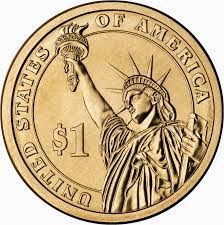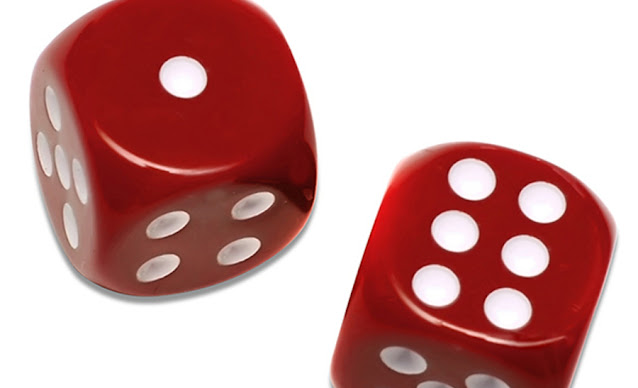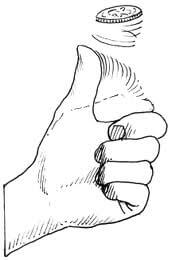#31 - Coin Probability Problem
Three fair coins are tossed in the air and they land with heads up. Can you calculate the chances that when they are tossed again, two coins will again land with heads up?

50%
The vents in this case are independent. If you form the possible outcomes, they will be as follows
HHH
HTT
HHT
HTH
TTT
TTH
THT
THH
Now among these outcomes, four will give the required results. Thus the probability is 50%.



